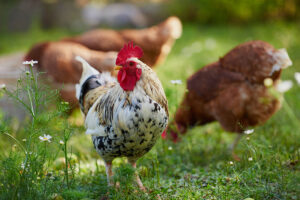The general concept of local food is characterised by a lack of precise technical definition. Basically, it is based on several key assumptions. Within this concept, the consumption of food that has been grown and/or produced within a 160 km radius of one’s place of residence is included. Additionally, purchasing food directly from local growers with whom a direct relationship is maintained is an important aspect [1]. At the national level, local food often comes directly to consumers through farmers’ markets, roadside stands and community-supported agriculture. As food exchanges become more globalised, a more comprehensive approach to the concept of localness may include food grown in a specific region or country. The term ‘eating local food’ consequently takes on a variety of meanings, encompassing not only geographical proximity, but also direct relationships with producers and even individual involvement in the food production process [2]. The production of local food is the result of the diligence of farmers who cultivate crops in a way that follows the principles of natural agriculture. As part of this process, local food thrives on plants and fields without the need for additional chemicals. This practice contributes to preserving the natural value of the food and minimises the negative impact on the environment [3]. A characteristic feature of local food is its freshness, which has a positive impact on its taste. Consuming this food right after harvesting translates into preserving the original taste and nutritional value. Moreover, local food is harvested during the peak season, which further enhances its nutritional and taste value, due to the optimal growing conditions. In short, the production of local food, based on natural farming practices, promotes the maintenance of food quality, freshness and enhances the taste experience, while contributing to sustainable agriculture.



